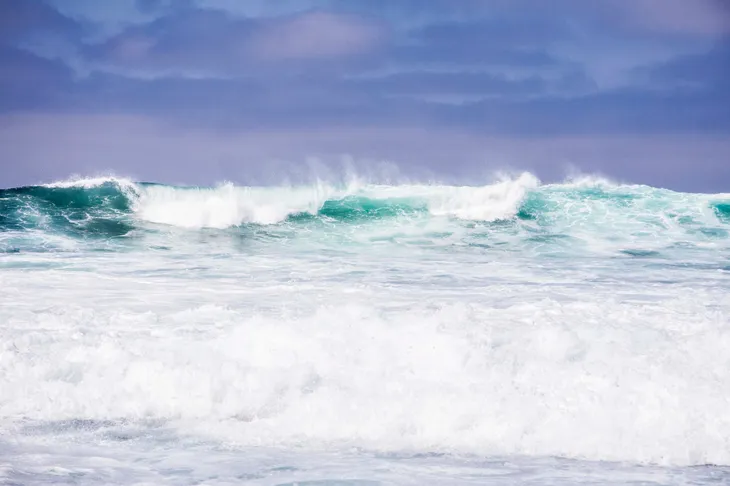Images on the web
Working at trying to enhance the visits of our customers on the website, we looked into image format and sizes. I'm also doing a little experiment: browsing while filtering out images that are bigger than 100kB. I did so using ublock's Block media elements larger than configuration.
The results were not good. Most sites just looked broken without those big images. You might say that some images are useful, I admit that it is the best way to describe a product but there is a trend to add meaning less happy or bored people to just make the site "better".

The goals I would like anyone to achieve are:
- make sure that the customer or user gets the right amount of information with as few bytes as possible
- while reducing the amount of useless data stored (in cache or on the systems).
Note that digital agencies tend to not be very good at optimizing their delivered assets.
Choose the correct format for the content
The "technical systems" have no clue on the information to convey from the image and might therefore not optimize it automatically.
Here is a list of frequently seen formats:
- JPEG – good for "real-life" images – natural gradients
- GIF – don't use
- PNG – are better for exported straight edge vector based data, sadly this is the only format supporting correctly transparency.
- BMP – no... no... no... just don't use that.
- WEBP – not supported in all browsers.
PNG and GIF have the advantage to support transparency and are usually used only for that capacity instead of the format's feature.
File extension should match the chosen format
Saving a PNG as whatever.jpg is bad practice. It brings digital asset management unneeded complexity and it fails to help some systems that relying solely on the extension to act, e.g. web server will set the content-type header to the one of the extension.
It is not a huge problem per-se, but it forces every hop to validate the format by trying to open it with different algorithm. This just brings more processing than needed in system and administrators.
Save for the web
Image to be used on a web site must be prepared for that purpose.
The image must be cleaned from metadata that are just dead payload on the web.
Color spaces must be removed.
Quality
Depending on the format or encoding algorithm chosen, the file size might be reduce by "degrading" the original image. This is a manual process if one wants to obtain the best ratio.
I recommend Squoosh to visualize the differences.
It is important to keep in mind that the image should be tested in real-life condition and not pinch and zoom.
More information on images for the web
To dig deeper into the image compression on the web:
- image.guide -- an e-book by Addy Osmani
- web.dev#image -- google optimization recommendation, some might not apply here